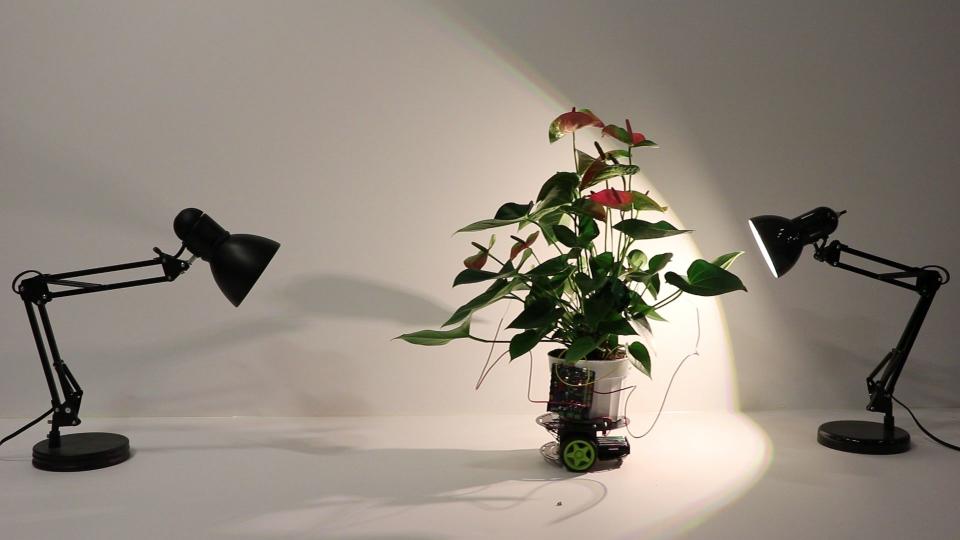These people aren't real. Can you tell?

The image above looks like a collage of photographs, but in fact, it's been generated by an artificial intelligence. And as real as they may look, the people in the image aren't actual humans.
In a new paper (via The Verge), a group of Nvidia's researchers explain how they've created these images by employing a type of AI, called generative adversarial network (GAN), in novel ways. And their results are truly mind-boggling.
SEE ALSO: Waymo launches self-driving taxi service, but caveats abound
The paper is titled "A Style-Based Generator Architecture for Generative Adversarial Networks" and signed by Tero Karras, Samuli Laine and Timo Aila, all from Nvidia. In it, the researchers show how they've redesigned the GAN's architecture with a new approach called "style-based design."
"The new architecture leads to an automatically learned, unsupervised separation of high-level attributes (e.g., pose and identity when trained on human faces) and stochastic variation in the generated images (e.g., freckles, hair)," the paper says.
In layman's terms, after being trained, the GAN produced images that are pretty much indistinguishable from photographs of real people, completely on its own.
"Our generator thinks of an image as a collection of "styles," where each style controls the effects at a particular scale," the researchers explain in a video accompanying the paper. These styles are attributes such as pose, hair, face shape, eyes and facial features. And researchers can play with these styles and get different results, as seen in the video, below.
It's not just people that GAN can create in this way.
In the paper, the researchers use the GAN to create images of bedrooms, cars and cats.

Image: Nvidia/Arxiv.org
Amazingly, the concept of GANs was introduced just four years ago by researchers from the University of Montreal.
Check the image from that paper below to see how much progress has been made since then.

Image: Universite de Montr EAL/arxiv.org
It's easy to see this technology used in the creation of realistic-looking images for marketing or advertising purposes, for example. But it's just as easy to imagine someone using it to create fake "evidence" of events that never happened in order to promote some agenda.
At the speed this tech is progressing, it soon might be impossible to tell whether you're looking at a real photograph or a computer generated image.
WATCH: This cyborg houseplant can automatically drive itself toward light


 Yahoo Finance
Yahoo Finance 